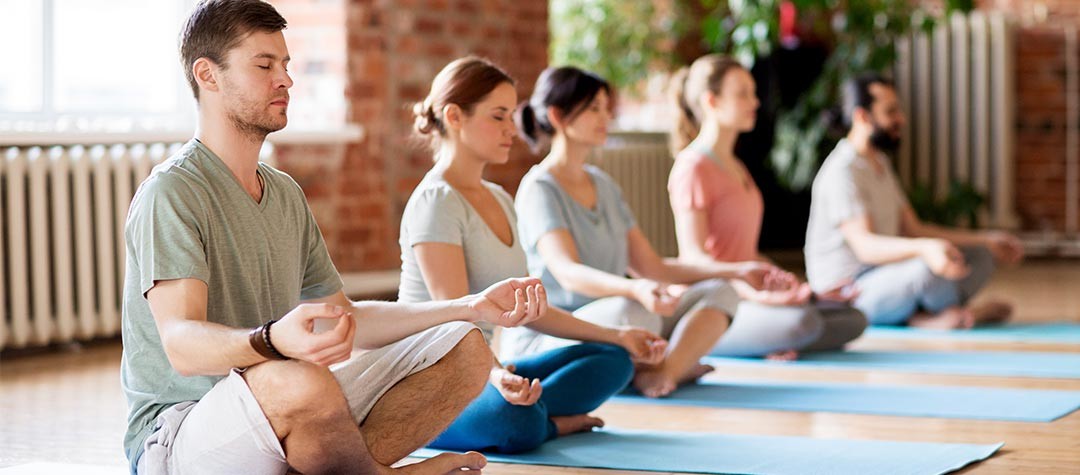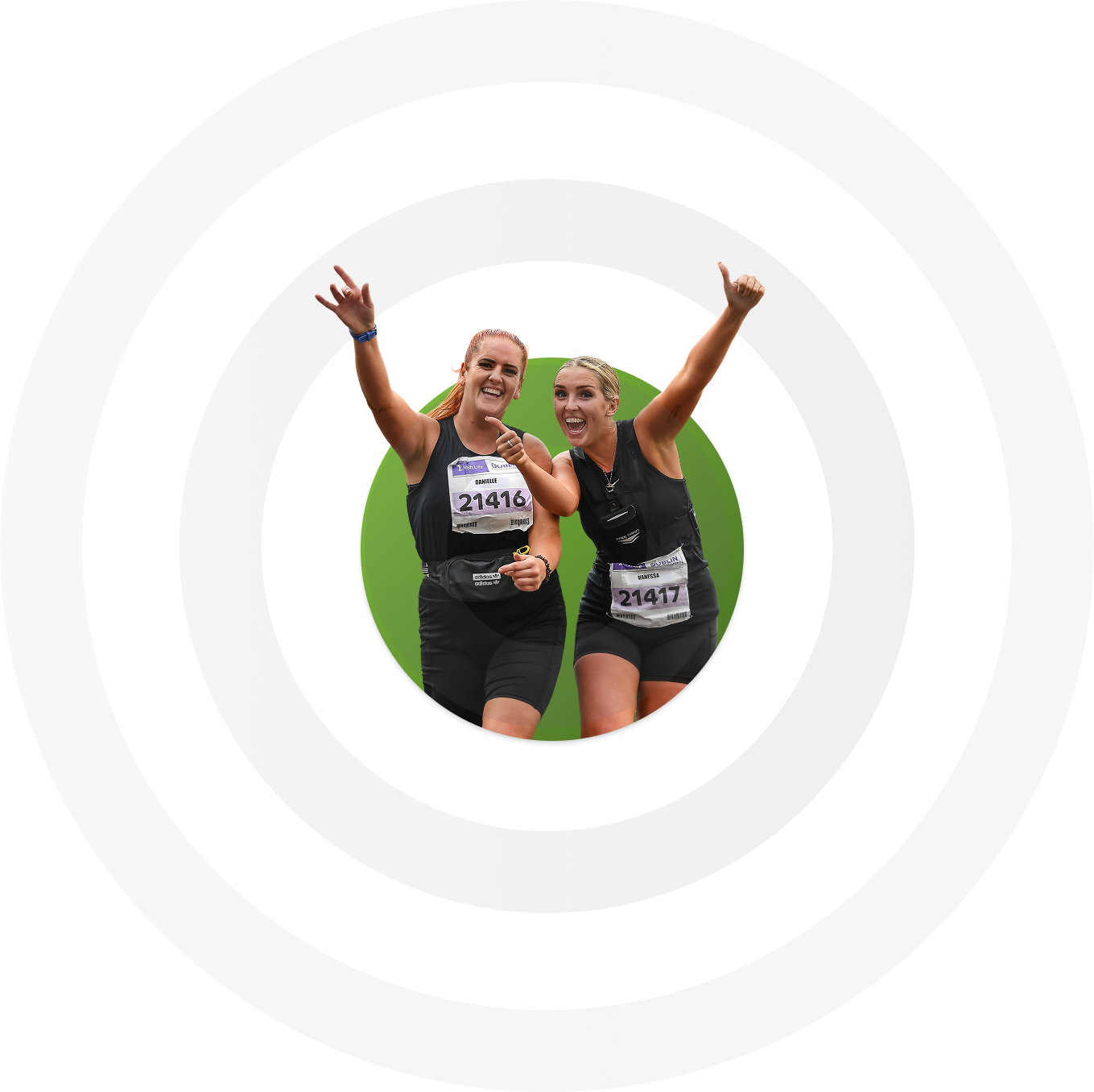Whether you’re starting out on the road to fitness or are a committed exerciser, following the correct training protocols is vital. Discover the dos and don’ts of fitness to help you maintain your motivation and keep yourself injury-free.
This fitness guide includes information on:
- Starting out training safely
- Avoiding injury when exercising
- The fastest way to progress in your exercise
Do...
1. Get an exercise check-up
If you're about to begin an exercise programme, then it's wise to visit your doctor and get the all-clear before you start. Your doctor will be able to advise you on any precautions that you may need to take in order to maintain your health or prevent injuries. Once you have taken any necessary precautions, you can begin working out. It's also a good idea to go through a 'ready for exercise' checklist before you begin exercising.
2. Seek professional fitness advice
More time spent getting advice at the beginning of your training will mean that you won’t end up going down the wrong training route – which could lead to illness , injury, or both. By linking up with an exercise professional who can assess all elements of your fitness and advise you on correct training for you, your exercise will have more focus and you will progress towards your goals at a much faster rate.
3. Build your fitness gradually
Once you begin, you will want to see results – and quickly, too.
But although fitness improvements are a great motivator by helping you to progress further, it is extremely important that you don’t attempt to do too much too soon. Your body will need time to adapt to the new demands that you are placing upon it – so rather than looking to advance in huge leaps, make small improvements over a longer period, as this will be sustainable. The last thing you want when your enthusiasm is running high is to get an injury because you’ve pushed too hard!
4. Keep fitness fun
You’re certain to have some serious goals in your fitness program – such as losing weight, toning up, or getting fit for a specific event that you are aiming to compete in. Goals are excellent focus points, of course – but alongside your goals it is important to retain the ‘fun’ element of your training . Make sure that every session is enjoyable as well as target-orientated, as this way you will get more out of your training and progress faster because you are enjoying the process.
5. Get a sports massage
One of the most underrated training tools available in your fitness toolbox is a sports massage. The cumulative effects of training cause tiny, microscopic tears in your muscles that can result in soreness at best and be a precursor to strains and pulls at worst. However, taking the time out for a regular sports massage will help to repair any exercise-induced damage and make you far less likely to suffer injuries – meaning that you can continue to train and progress unhindered.
Don’t …
1. Forget to warm up and cool down for exercise
A warm-up prepares your body for exercise and a cool-down returns it safely to its pre-exercise state.
Both are a key part of each training session and each need only take five to 10 minutes. As well as helping prevent injury during your session and reducing any post-exercise soreness after your workout, a thorough warm-up will result in better performance during your session and a proper cool-down will result in a faster recovery before your next session. Structuring your exercise sessions correctly is essential and the best way to ensure you get an effective session and stay injury free.
2. Over-train
Over-training can take many forms – from trying to do too much in each session to completing too many sessions. Symptoms of overtraining include lack of motivation; a decline in performance; continual fatigue; susceptibility to illness and infection; difficulty in sleeping; and general irritability. Over-training can be difficult to spot and often the reaction is to try to train harder, which can further exacerbate the problem. A reduced training load is the best solution until the body has recovered sufficiently to allow harder sessions.
3. Focus on a single form of training
For a correctly balanced exercise program, your training should include a combination of flexibility, resistance, core, coordination and cardiovascular exercises. By keeping your program balanced, you will build all-round strength – which will help you to progress faster than if you focus all your training on a single discipline such as resistance training.
4. Neglect rest
Rest is the most important component of any training program, because it’s only when your body is at rest that it can adapt to the stress of training and rebuild itself properly. Look to have at least one ‘no exercise’ day each week so that your body and mind will be re-invigorated for subsequent training sessions. Miss out on rest and you can become ill, get injured and progress more slowly.
5. Omit stretching
Flexibility exercises need only take a few minutes at the end of your workout, and are your best insurance policy against injury by helping you to maintain your full range of movement. If you skip flexibility training, your mobility will decrease over time and your injury risk will increase. A flexible body is far less injury-prone and will be more efficient in every movement.
6. Train smartly
For a fitness programme to be successful, it needs to be integrated into your life by following some basic guidelines in the same way as any other activity that you do. Following the training protocols above give you the best possible chance of getting fit, staying fit, avoiding injury and progressing safely so that you can maintain your fitness programme in the long term.
There is considerable statistical evidence to show that if you train correctly, you can continue to reap the benefits from your training in every decade of your life – so what better incentive is there to make sure you always ‘train smart’?







